Did you know that most of Van Gogh’s works were not sold during his lifetime? And, his vivid imagery came from his imagination during the time he spent in a mental asylum! writes SAHITHI KALYANAM
Here’s what you need to know about the master artist to understand his art and journey that will help you actually experience ‘The Real Van Gogh Immersive Experience’ now running in Hyderabad
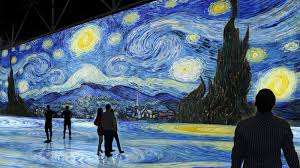 The Real Van Gogh Immersive Experience after a successful stint in New York and New Delhi is now running in Hyderabad’s Hitex Exhibition Centre. Orchestrated by The Silly Fellows along with music entrepreneurs Nikhil Chinnapa and Jay Punjabi, this travelling exhibition brings together 70 selected masterpieces of the artist, and showcases them using sensory elements and large projections. The show is special as for the first time in India, Van Gogh’s works are being projected on to large screens using 22k lumen projection. This accompanied by a specially curated music score by Mitch de Klein, makes the iconic paintings come to life in a multi-sensorial experience.
The Real Van Gogh Immersive Experience after a successful stint in New York and New Delhi is now running in Hyderabad’s Hitex Exhibition Centre. Orchestrated by The Silly Fellows along with music entrepreneurs Nikhil Chinnapa and Jay Punjabi, this travelling exhibition brings together 70 selected masterpieces of the artist, and showcases them using sensory elements and large projections. The show is special as for the first time in India, Van Gogh’s works are being projected on to large screens using 22k lumen projection. This accompanied by a specially curated music score by Mitch de Klein, makes the iconic paintings come to life in a multi-sensorial experience.
Before going to the Real Van Gogh Immersive Experience in Hyderabad, one should know why Van Gogh is one of the most famous artists of all time. He is not only regarded as a post-impressionist pioneer, but he is also an artist whose work serves as a constant reminder of the importance of mental health.
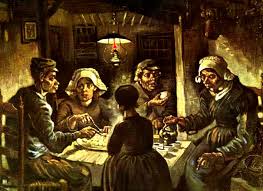
The Potato Eaters
- Van Gogh was born on March 30, 1853 in Zundert, Netherlands. His work changed significantly throughout his life with his personal experiences.
- Van Gogh’s early works were characterized by somber, dark tones and a focus on depicting the harsh realities of peasant life like ‘The Potato Eaters, 1885’.
- Eventually, during his time in Paris, Van Gogh’s artistic style changed dramatically as he was exposed to the vibrant colours and innovative techniques of the Impressionist and Post-Impressionist movements.
- He used bold and vibrant colours in painting his environment, as seen in the painting ‘Cafe Terrace at Night, 1888’ where he beautifully depicts the Cafe still a popular attraction in France for art lovers across the world.
- His work ‘The Bedroom, 1888’ is a depiction of his bedroom from the time he was in Arles, his beautiful palette can be noticed here as well through the use of bold, contrasting colors. This is one of the instances where one needs to see that van Gogh did not just paint what he saw like his contemporaries. He painted through his heart. His brushstrokes did not recreate the scenes he saw but rather recreated them through his emotions and feelings together.
-
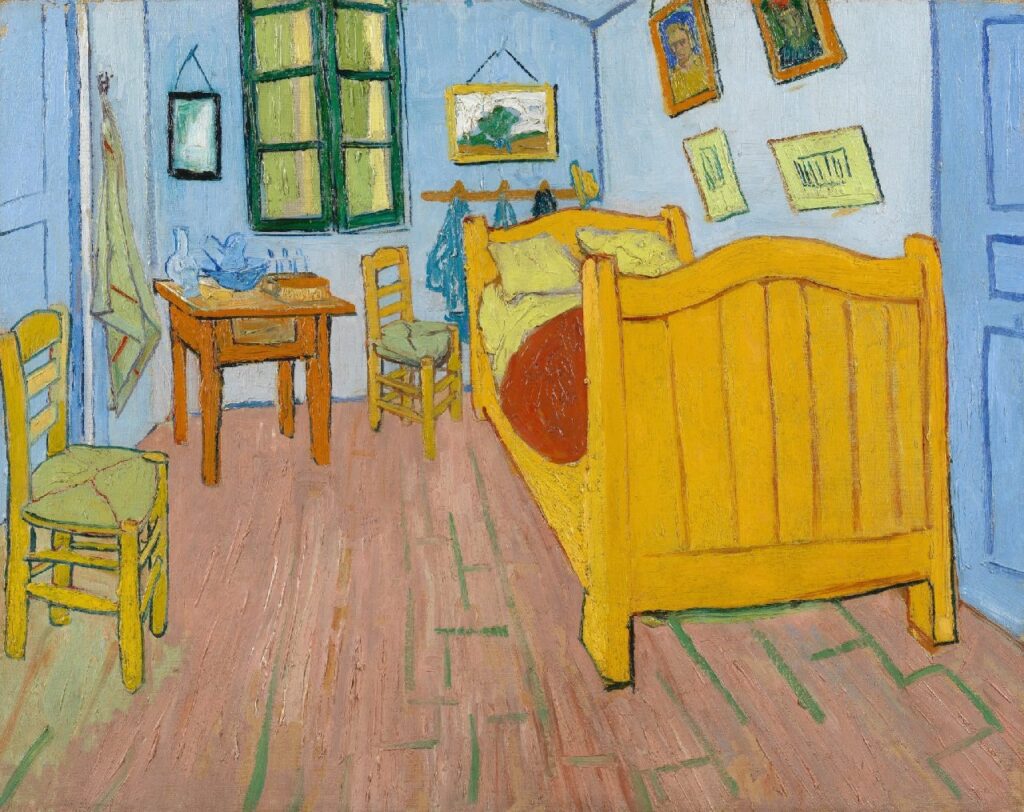
The Bedroom
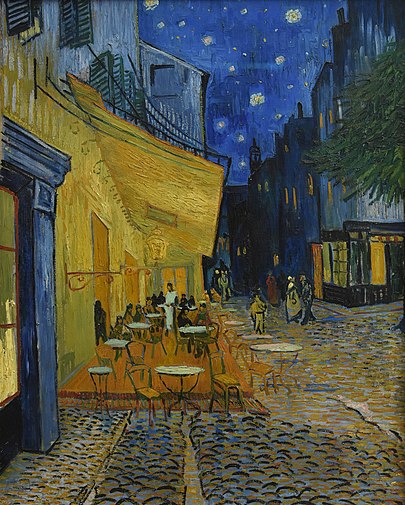
Cafe Terrace at Night
- As van Gogh’s mental health deteriorated and he experienced emotional turmoil, his art became more introspective and symbolic.
- He painted many self-portraits, frequently using colour and brushwork to express his inner conflicts and psychological state.
- Right after this drastic change in his work, he painted one of the most important pieces from his life. Self Portrait with a Bandaged Ear in 1889. This painting was him reflecting his illness after he had an episode and cut off a part of his ear.
- His iconic painting ‘Starry Night’ helps us understand his emotional journey and artistic evolution, painted during a tumultuous period in Van Gogh’s life while he was a patient at the Saint-Paul-de-Mausole asylum in Saint-Rémy-de-Provence, France. It is widely regarded as a reflection of the artist’s inner turmoil and longing for solace.
- In ‘Starry Night,’ Van Gogh paints a peaceful night scene dominated by swirling clouds, bright stars, and a crescent moon. The village below features small, quaint houses and mystical glow of the night sky. The composition exudes movement and dynamism, with swirling patterns that convey turbulence and emotional intensity and thick layers of paint.
- Van Gogh struggled financially and only sold a few paintings in his lifetime, with ‘The Red Vineyard’ being the only confirmed sale. This lack of commercial success worsened Van Gogh’s financial problems and emotional distress.
Van Gogh Scene in the TV Series Doctor Who:
There is a scene in a BBC TV series, a science fiction – Doctor Who, which is an interesting and emotional depiction of his state of mind. The scene in which Van Gogh visits a modern-day art gallery and sees his own work on display for the first time is particularly moving. The portrayal of van Gogh captures the artist’s vulnerability and raw emotion as he bursts into tears upon realizing the impact his work will have on subsequent generations.
Quoting from the Van Gogh Museum Website:
Vincent left the psychiatric clinic at Saint-Rémy near Arles in the south of France in May 1890, hoping to be able to live independently with his condition. He found a certain peace in the village of Auvers-sur-Oise near Paris, where he soon began to paint prolifically once more. Sadly, it would not last. Two months after his arrival, Vincent shot himself in the chest. He died there on 29 July 1890.
Van Gogh’s art provides a profound understanding of the human condition and the depths of emotion. There is an episode on Doctor Who which is a touching depiction of Vincent van Gogh’s struggles and the emotional pain he endured throughout his life. The scene in which van Gogh visits a modern-day art gallery and sees his own work on display for the first time is particularly moving. Tony Curran’s portrayal of van Gogh captures the artist’s vulnerability and raw emotion.
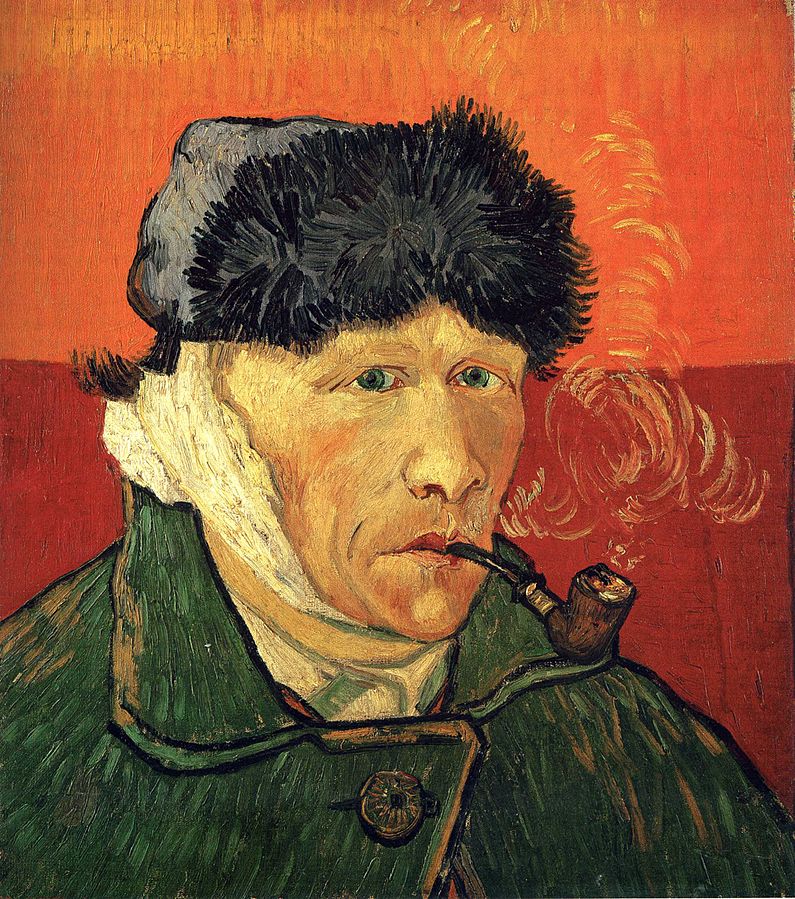
Van Gogh’s life deserves to be told and heard, so before visiting the immersive art exhibition, I recommend reading about his life and work on any museum website/ the van Gogh museum website.
The Real Van Gogh Immersive Experience at Hitex Hyderabad will be on till April 10.












